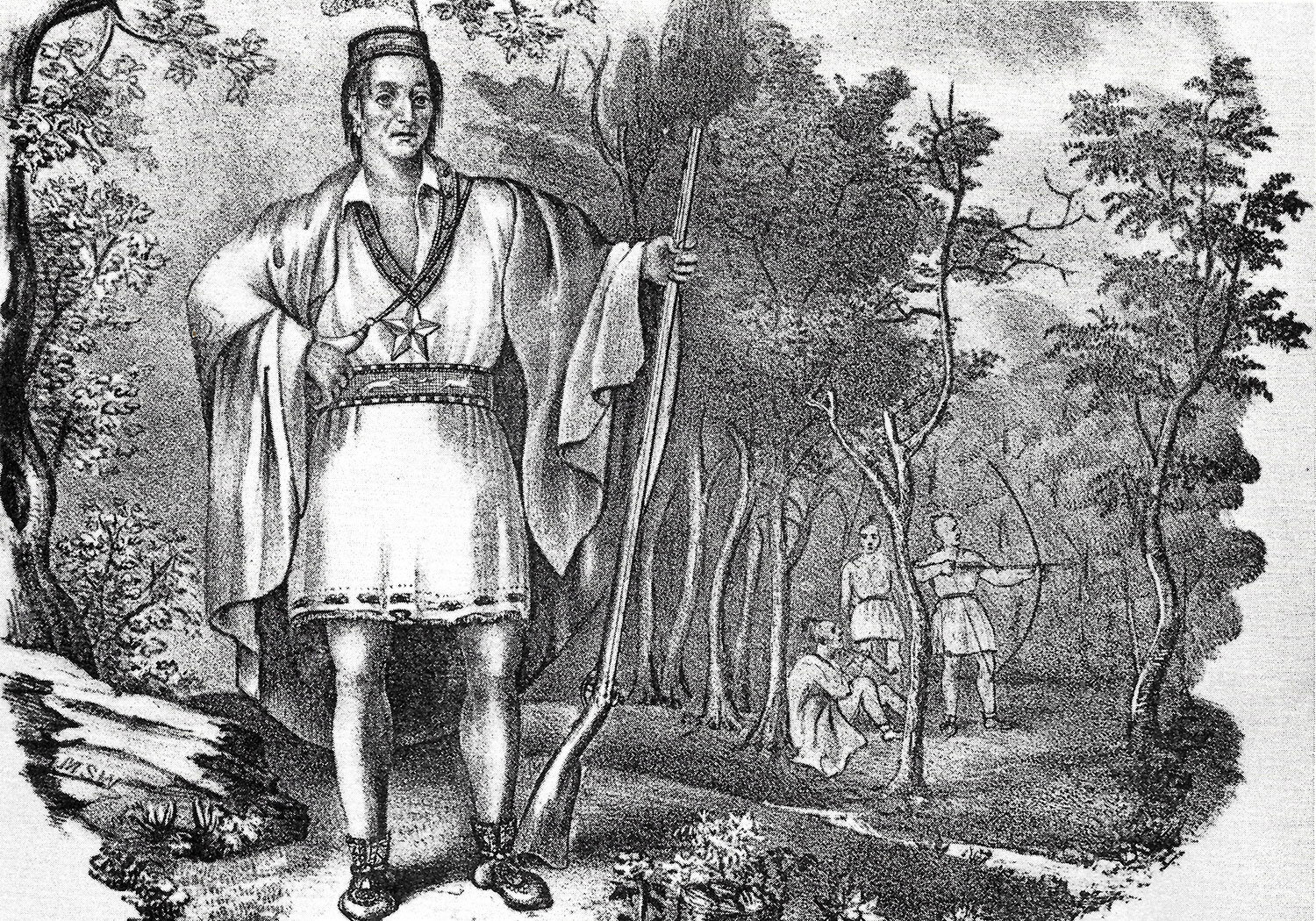

The town of Bristol, Rhode Island was originally part of Bristol County, Massachusetts until it was transfered to Bristol County, Rhode Island in 1747.Ī number of citizens of Plymouth Colony (from Duxbury, Plymouth, Marshfield, etc) were part of a militia led by Michael Pierce (c1617-1676) that suffered a great loss of life at Rehoboth Fight of 1676, the single biggest defeat of English colonial forces in the 17th Century. John Leverett (1616-1679), 21st Governor of the Massachusetts Bay Colony, Major General of the Massachusetts forcesįrom Bristol, Rhode Island (Massachusetts) Edward Hutchinson (1613-1675) - Died in Battle Peleg Sanford (1639-1701) - found hiding place of Indian Warrior King Philip William Hathorne (1606-1681), immigrant from England Samuel Brocklebank (1628-1676), Captain of the militia of Milton, Norfolk County, Massachusetts, fought in the Battle of Green Hill on Samuel Howe (1642-1713) - Officer in Militia from Sudbury. James Richardson, Commander of the forces of Fort of Patwtucket Falls (1610-1676), he was killed at the door of his house during the Indian attack on Medfield, Norfolk County, Massachusetts

It also resulted in the abolition of most of the praying towns, as angry colonists attacked, imprisoned, and even sold the Christian Indians into slavery.

King Philip’s War brought about the death of 1,000 colonists and 3,000 Indians. The colonists also attacked women and children, selling the captives as slaves in the Caribbean.Īfter one battle, Benjamin Church noted that Indians who surrendered “were carried away to Plymouth, there sold, and transported out of the country being about eight score persons.” True to their Puritan nature, the colonists saw the Indian attacks as God’s punishment for their transgressions.Īs Mary Rowlandson remarked after several weeks in Indian captivity, “I see the Lord had his time to scourage and chasten me.” By the summer of 1676, the Indians had run out of supplies and when Metacom was killed in battle in August, the rebellion collapsed. In late 1675, they trapped 300 Narragansetts in the Great Swamp and set them on fire. The colonists also became increasingly aggressive in their warfare. In early 1676, colonial leaders forged an alliance with the Pequots and Mohegans and gained the advantage by turning the conflict into an Indian civil war. Before the end of 1675, Indians had attacked 52 of the region’s 90 towns, destroying buildings, murdering entire families, and obliterating 12 entire settlements. Over the next few months, the Indians gained the upper hand, using flintlock muskets to launch a total war. Massachusetts and Connecticut came to the aid of Plymouth and launched indiscriminate attacks on a number of native peoples, which caused the powerful and previously neutral Narragansetts to ally with the Wampanoags. Throughout the summer of 1675, the conflict escalated from an isolated incident into a regional war. When the three were tried and hanged three months later, the Wampanoag sachem Metacom (known to the colonists as King Philip) retaliated against the town of Swansea. In March 1675, the colony of Plymouth accused three Wampanoag Indians of the murder of a praying town Indian and colonial informant.

Led by the Reverend John Eliot, the praying towns held 1,600 natives by 1674. As colonial populations grew, they pressed farther inland, seizing Indian land through dishonesty and allowing unfenced livestock to spoil Indian crops.Īt the same time, Puritan clergy sought to convert Indians to Christianity by placing them in “praying towns” where their beliefs and behaviors could be closely monitored. By 1670, the 52,000 colonists of southern New England outnumbered natives by three to one. Incited by growing colonial population, the war confirmed white domination of New England and significantly weakened Indian presence in the region.įrom the settlement of Plymouth in 1620, the colonial population of New England grew rapidly and displaced many coastal Indians. King Philip’s War was one of the bloodiest conflicts between English colonists and Native Americans in history.


 0 kommentar(er)
0 kommentar(er)
